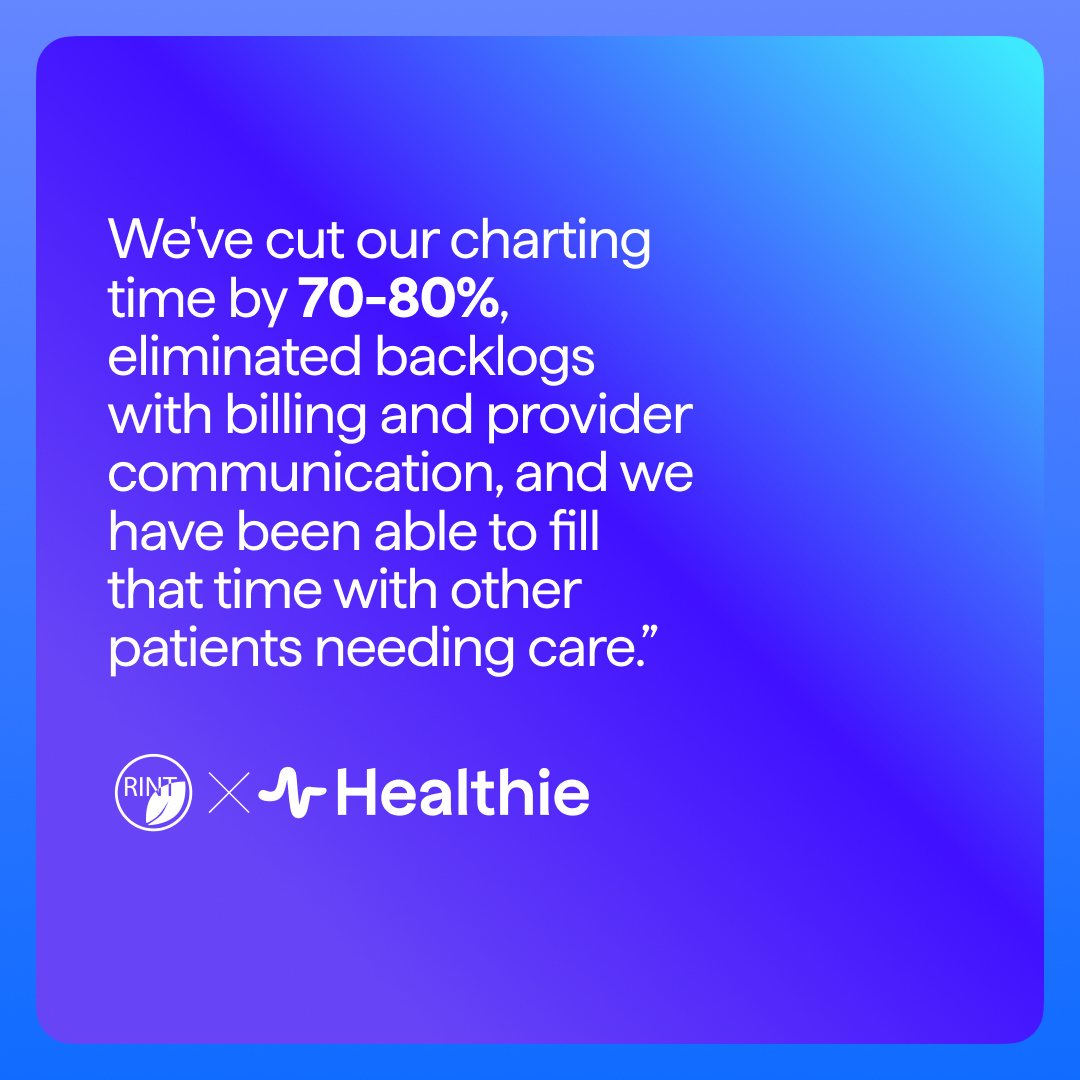FHIR API
How can I get started with using FHIR?
FHIR (Fast Healthcare Interoperability Resources) is a set of standards for exchanging electronic health information. These standards are designed to make it easier for different health IT systems to work together and to improve patient care.
If you're a healthcare provider, you may be wondering how you can get started with using FHIR in your own practice. Here are a few tips:
1. Talk to your EHR vendor. Many vendors are already working on adding FHIR support to their systems. If your vendor is not yet supporting FHIR, find out if they have plans to do so in the future.
2. Use FHIR-enabled apps. There are already a number of apps available that use FHIR to exchange health data. These can be a great way to get started with using FHIR in your own workflow.
3. Join a FHIR pilot. There are many FHIR pilots underway across the country. These pilots are a great way to get hands-on experience with using FHIR.
4. Attend a FHIR training. There are a number of training opportunities available to learn more about FHIR. These can be a great way to get started with using FHIR.
5. Get involved in the FHIR community. There is a growing community of FHIR developers and implementers. Getting involved in this community can help you stay up-to-date on the latest FHIR news and developments.
If you're a healthcare provider, FHIR can offer you a number of benefits. These standards can help you exchange health information with other systems and improve patient care. Getting started with using FHIR is easy - talk to your EHR vendor, use FHIR-enabled apps, join a FHIR pilot, or attend a FHIR training.
What is FHIR?
FHIR (Fast Healthcare Interoperability Resources) is a set of standards for exchanging electronic health information. These standards are designed to make it easier for different health care organizations to share data with each other.
FHIR is developed by HL7 (Health Level Seven), a non-profit organization that creates standards for the exchange of health information. HL7's standards are used by many different health care organizations around the world.
FHIR is based on a set of existing standards, including HL7's own HL7 v2 and v3 standards, as well as the World Wide Web Consortium's (W3C) XML and Web services standards.
FHIR defines a set of "resources" that represent different kinds of health information. These resources can be used to represent everything from patient records to laboratory test results.
FHIR also defines how these resources can be exchanged between different health care organizations. For example, FHIR defines a set of "profiles" that specify how a particular type of resource should be used in a particular context.
FHIR is still under development, and new versions of the standard are released periodically. The current version of FHIR is version 4.0.1, which was released in September 2017.
FHIR has been adopted by a number of different health care organizations, including the US Department of Veterans Affairs, the US Centers for Medicare and Medicaid Services, and the UK National Health Service.
There are a number of different ways to get started with FHIR. HL7 provides a number of resources, including a tutorial, on its website.
What are the benefits of using FHIR?
FHIR (Fast Healthcare Interoperability Resources) is a set of standards for exchanging electronic health information. The standards are designed to be used by a wide range of health care organizations, including hospitals, clinics, health plans, and electronic health record (EHR) systems.
FHIR is based on the HL7 v3 standard, which is a widely used standard for exchanging health information. However, FHIR is designed to be easier to use and more flexible than HL7 v3. For example, FHIR defines a set of "resources" that can be used to represent different types of health information (such as patients, medications, and laboratory results). These resources can be exchanged between different health care organizations, and they can be stored in different ways (such as in databases or files).
FHIR also defines a set of "profiles" that can be used to exchange specific types of information. For example, there is a profile for exchanging information about patients, and another profile for exchanging information about medications. These profiles can be used to exchange information between different health care organizations, or they can be used to exchange information between different parts of the same organization.
The benefits of using FHIR in healthcare include:
1. FHIR can be used to exchange a wide range of health information, including information about patients, medications, and laboratory results.
2. FHIR is based on the HL7 v3 standard, which is a widely used standard for exchanging health information.
3. FHIR is designed to be easier to use and more flexible than HL7 v3.
4. FHIR defines a set of "profiles" that can be used to exchange specific types of information.
5. FHIR can be used to exchange information between different health care organizations, or between different parts of the same organization.

